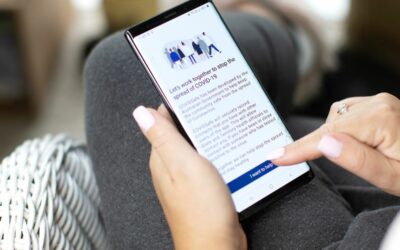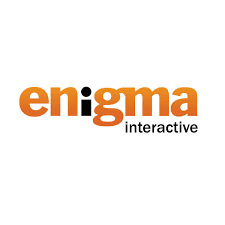Technology which will enable clinicians to remotely monitor young patients at home has received funding from NHS England’s Transformation Directorate (formally NHSX).
The Alder Hey Children’s NHS Foundation Trust and Isansys Lifecare won the funding for their Patient Status Engine (PSE), following a successful trial.
It provides continuous updates on a patients’ vital signs at a central monitoring station, or on mobile devices and integrates the data into the electronic medical record system.
They hope that this technology will allow them to provide personalised care plans at home, eliminating the stress and disruption of admission, or readmission, to the hospital.
“Management of the acutely unwell Complex Paediatric patient is challenging, and can often culminate in a stay in a High Dependency environment,” explained Simon Minford, ANP and Innovation Consultant, at the Alder Hey.
“This causes significant disruption and distress to families and children and can bring them significant distances away from their family and support networks to get the care they need. Bringing enhanced care closer to home with remote vital sign monitoring aims to provide clinical teams with more information earlier in the course of disease, to enable earlier decisions on treatment which can hopefully avoid deterioration by ‘nipping it in the bud’. By enhancing the care of these complex children, we can also avoid potentially lengthy stays in an HDU environment which has significant benefits to the paediatric critical care system.”
Keith Errey, the CEO of Oxfordshire-based Isansys added:
“We are delighted to be working with the inspirational people at the Alder Hey as the technology partner to support home monitoring of acutely unwell children. We know that delivering digital health solutions to support patients and improve outcomes is a focus of many NHS organisations across the country. This funding helps to unblock the barriers to the implementation of these projects and demonstrates the technology’s ability to enhance patient care and support front-line staff.”











